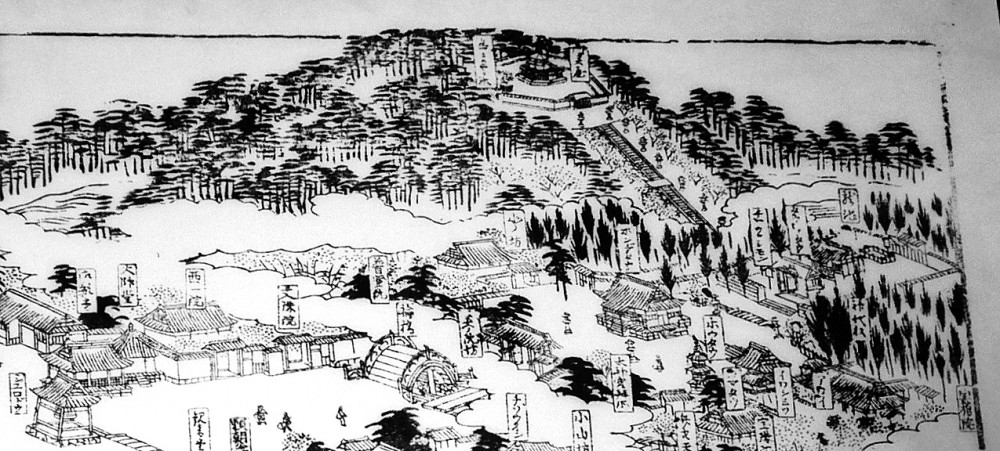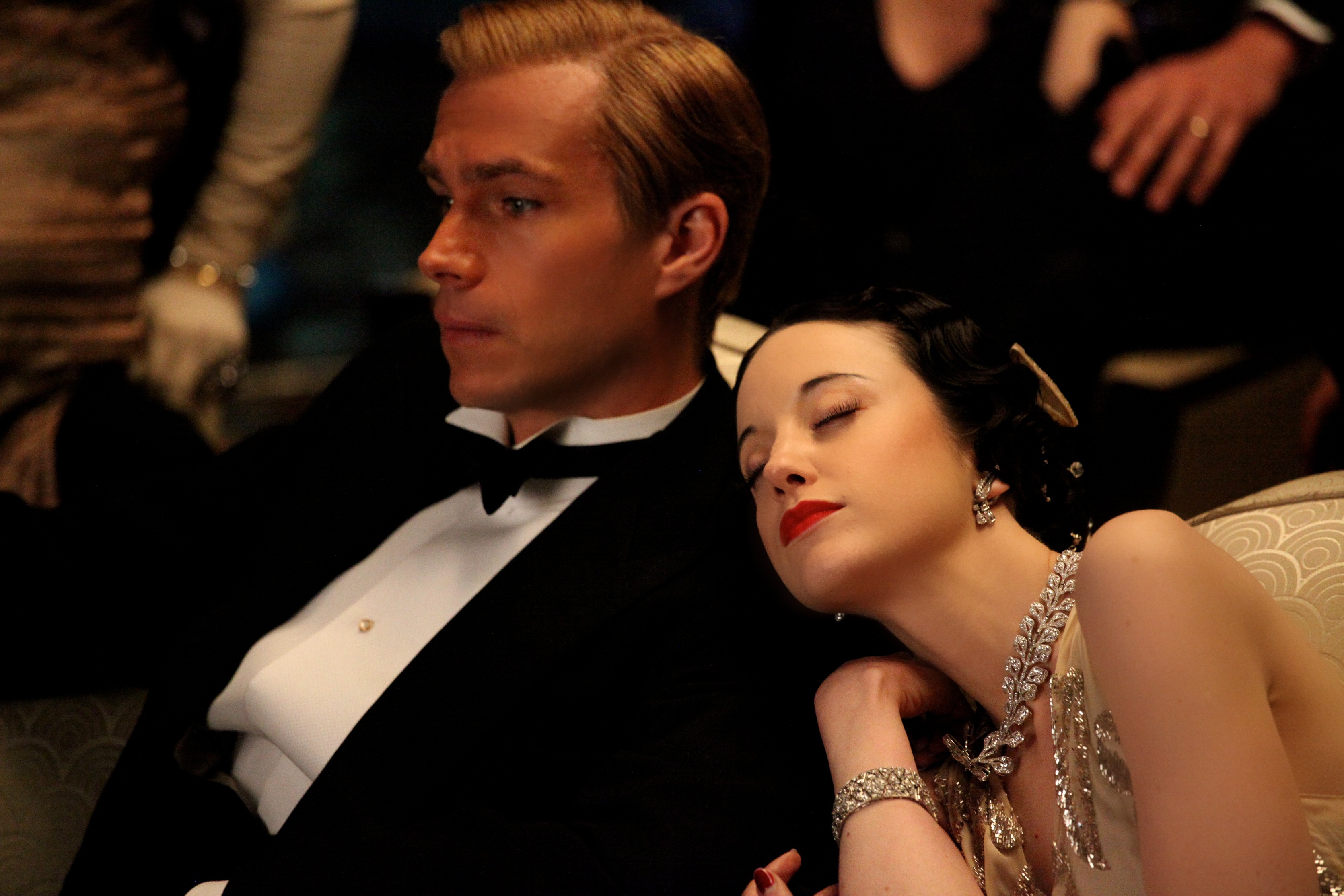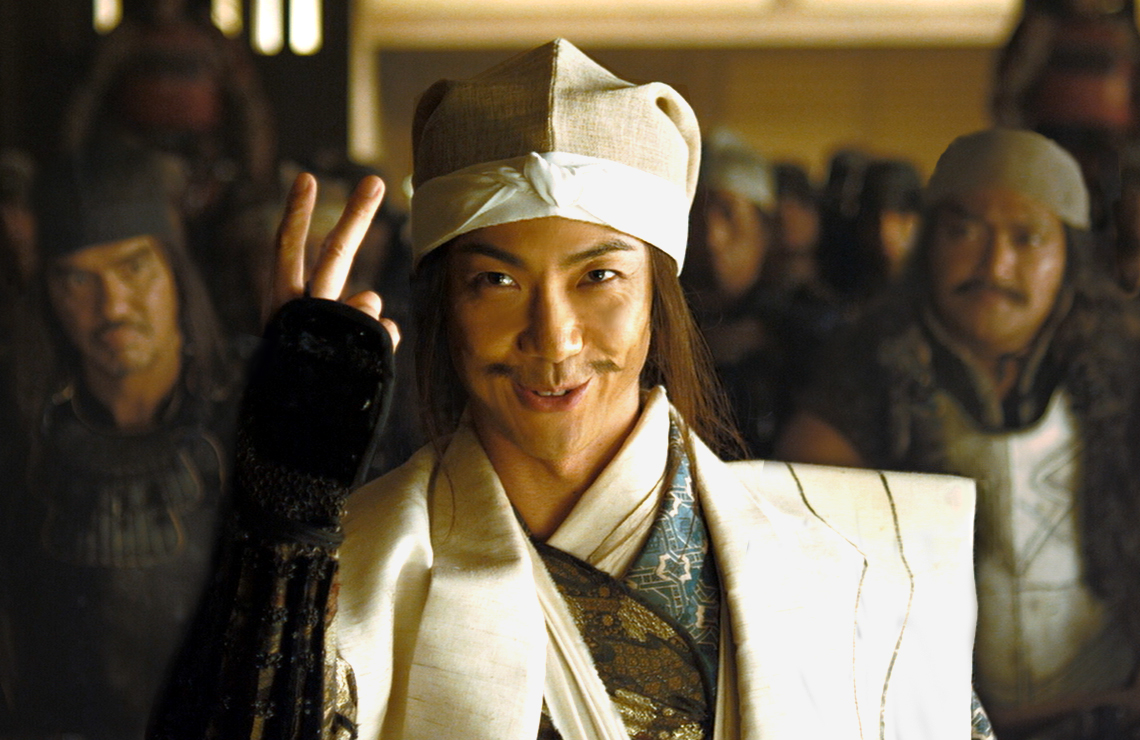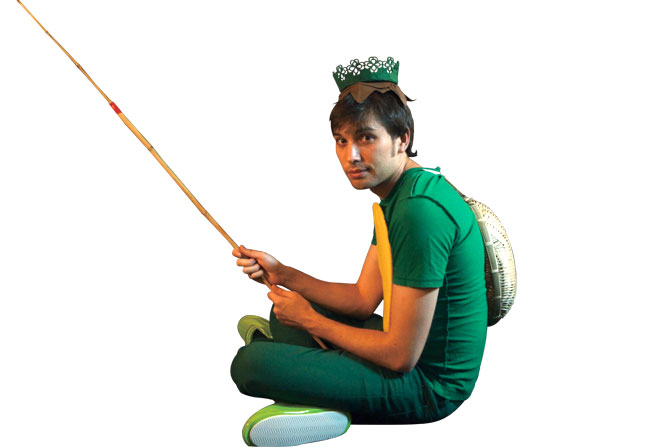Feature
Stupendous piles of history
What’s really beneath all the fancy shopping malls and train stations? A buried past, of course. Kansai is home to some of the largest kofun – burial mounds – in Japan. KS digs up the past so you don’t have to get your hands dirty
William Gowland, a British amateur archeologist working as an engineer for the Osaka Mint, once called burial mounds in Kansai ‘stupendous piles’. He is one of the key figures in establishing archaeology as a recognised science in Japan, and his research increased awareness of the importance of kofun.
Kansai has got some pretty impressive tombs because it was home to many of the local kings, who were later claimed as emperors. The two largest, Kondagobyoyama (425m long) in Habikino and Daisenryu (486m long) in Sakai are said to be the tombs of Emperors Ojin and Nintoku. These are the 15th and 16th emperors in the Imperial line and thought to be the first two that are based on historical figures, rather than legend.
The Kofun Period extends from the third century AD through to the late seventh century, and marks the transition of Japan from being several Wa kingdoms to a unified state. There are few written records from the period, except for Chinese and Korean records of visits to these Wa kingdoms. Since there are no native Japanese records from this period, we are left to rely on ancient chronicles such as the Kojiki and Nihon Shoki, compiled in the early eighth century. But we can be sure the rulers of the nascent nation ordered these massive mounds, the largest of which took thousands of workers many years to complete.
The two largest mounds in Japan are now part of one of Japan’s World Heritage Site applications. It’s worth seeing the smaller mounds too, though, as they are well preserved and give a better impression of how these monuments looked when they were built over a thousand years ago.
Konda-gobyoyama Kofun (Ojin-ryo) & the Furuichi Kofun Cluster, Habikino
This kofun is probably the tomb of Emperor Ojin, the first emperor thought to have been based on a historical leader. He is said to be the son of the regent Empress Jingu, whose own kofun is located near Kintetsu Heijo Station in Nara. This period, the late fourth and early fifth century, saw closer ties develop between the Wa kingdoms of the nascent Japan and its neighbours Korea and China. Both Emperors Ojin and his son Emperor Nintoku seem to have played a key role in developing these ties.
This tomb is surrounded by a series of satellite mounds (baicho or baizuka) that are a common feature of many of the larger mounds. In addition to the burial mound itself, this area also includes the remains of the haniwa (clay figurine) workshop that produced the thousands of figurines that decorated these monuments. (Nagare-yama Kofun in Kitakatsuragi or Goshikizuka Kofun in Kobe, described later, both offer glimpses of how impressive these tombs once looked.)
Situated immediately to the south of the mound is Konda Hachiman-gu shrine. This is where Emperor Ojin is enshrined and the annual autumn festival there would see a procession ascend to the summit of the burial mound to pay homage to the emperor. This practice was soon stopped when the Imperial Household Agency acquired the mound in the Meiji period. However, you can occasionally see some of the illustrated panels depicting scenes from these festivals at the shrine.
[box]Address: Konda, Habikino City, Osaka (14 mins walk from Hajinosato Station or 16 mins walk from Domyoji Station on the Kintetsu Minami Osaka line)[/box]
Daisenryo (Nintoku-ryo) Kofun and the Mozu Kofun Cluster in Mozu, Sakai City
Daisenryo is one of the largest burial mounds in the world, and deserves a place on UNESCO’s World Heritage Site list. It is thought to be the last resting place of Emperor Nintoku, said to have ruled Japan for 87 years. The Kojiki says he was the fourth son of Emperor Ojin. One of his older brothers killed himself to oblige Nintoku to ascend to the throne. His lively court was at Naniwa Palace and he was reportedly a benevolent king who improved the region’s infrastructure. The Kojiki, first published in 712, contains many stories about Nintoku and the numerous women in his life.
Daisenryo is not yet on the UNESCO list as Sakai City has been slow to realise its potential as a possible World Heritage site and only recently began pushing for its inclusion after places like the Kumano Kaido in Wakayama and the Iwami Ginzan Silver Mine in Shimane were accepted. The Mozu-Furuichi Kofungun, of which Daisenryo is a part, has now been included on UNESCO’s tentative list of sites after Japan finally submitted it for inclusion in October 2010.
[box]Address: Daisenryo, Sakai-ku, Sakai City, Osaka (10min walk from Mozu Station on the JR Hanwa Line)[/box]
Nagare Kofun & Umamikyuryo Park, Nara
The park was built in 1984 to help preserve the Umami Kofun Cluster. The most impressive of its burial mounds is the 105-meter-long Nagare-yama Kofun. This 1,600-year-old kofun was restored in 1997 and is one of the few mounds in the region to give a realistic impression of what they would have looked like when first built. It’s only a quarter the size of the largest kofun in Japan, it offers an outstanding opportunity to appreciate the majesty of these structures.
Even this comparatively small mound would have been a major public works project; the restoration work alone took 10 years to complete even with the aid of modern technology. It would have kept the builders and haniwa potteries busy for many years, and clearly shows how these mounds would have dominated the local landscape. These mounds were built to impress both the local populace and visitors from overseas.
[box]Address: 2202 Samita, Kawai, Kitakatsuragi District, Nara[/box]
Goshikizuka Kofun, Kobe
The largest kofun in Hyogo is 194 meters long and has been restored to something close to its original glory. It is thought to be the tomb of an important emissary or diplomat of the royal court. Unlike Nagare Kofun in Nara, it is not decorated with thousands of haniwa, but it does sit on what would have been the old coastline. It would have made an impressive sight for ships passing through the Inland Sea.
[box]Address: 4-chome, Goshikiyama, Tarumi-ku, Kobe (15 mins walk from JR Tarumi Station)[/box]

















